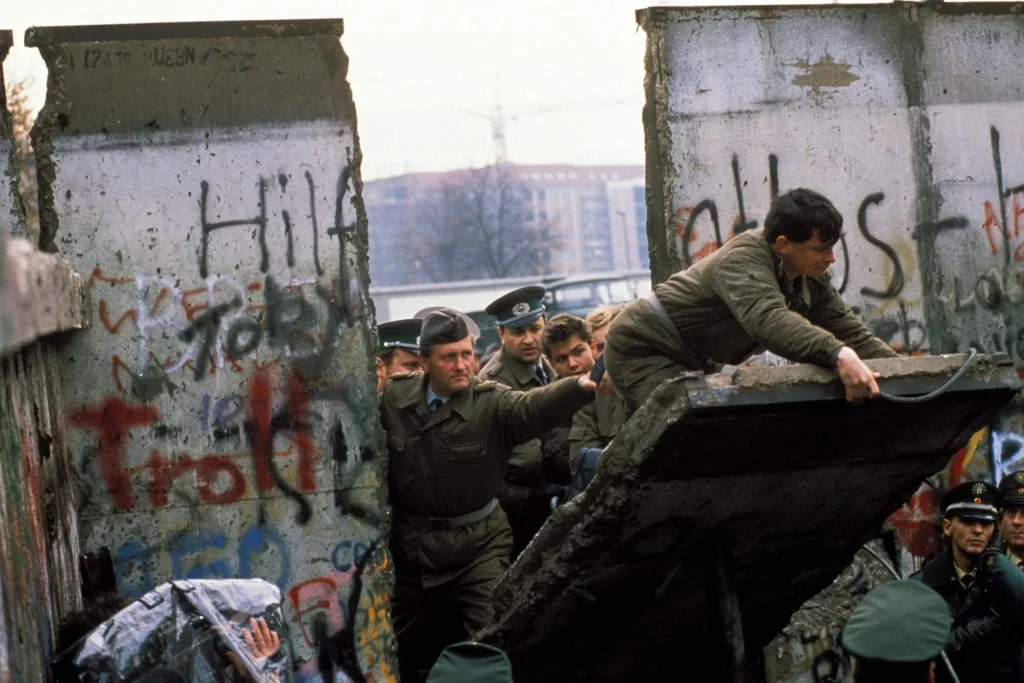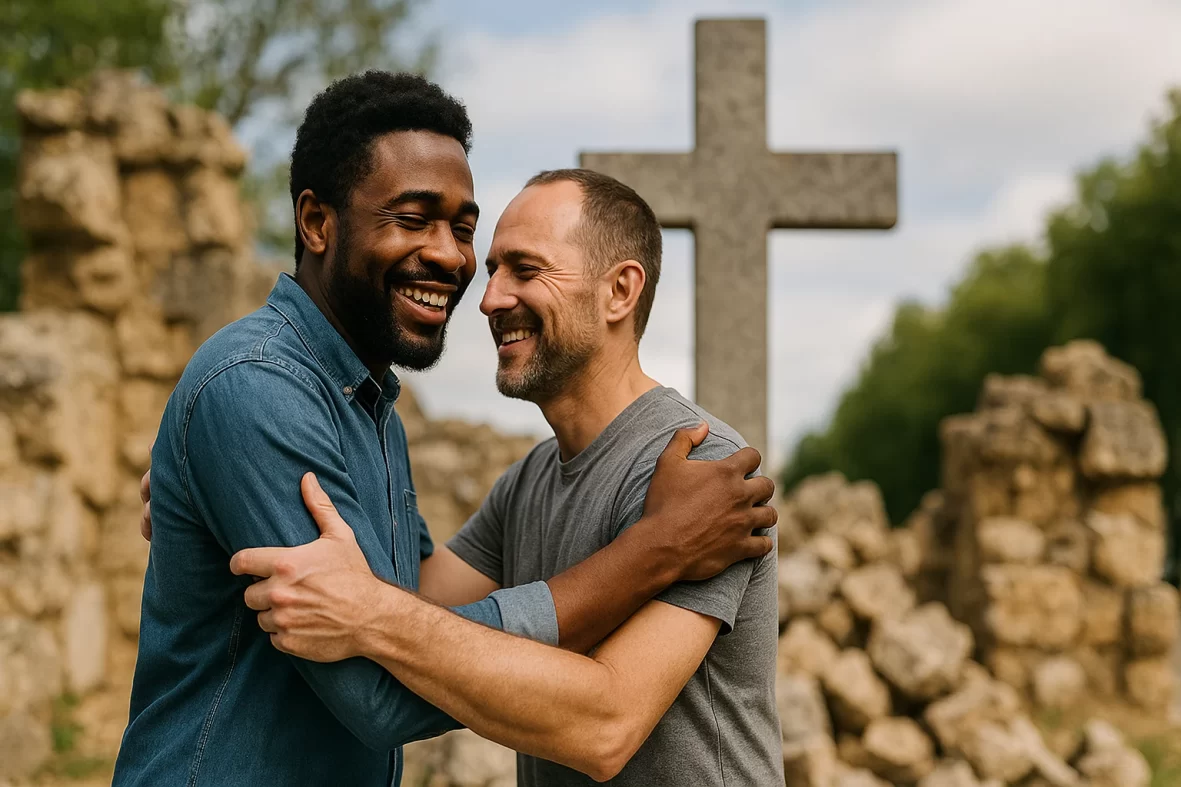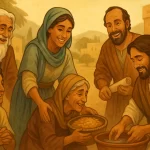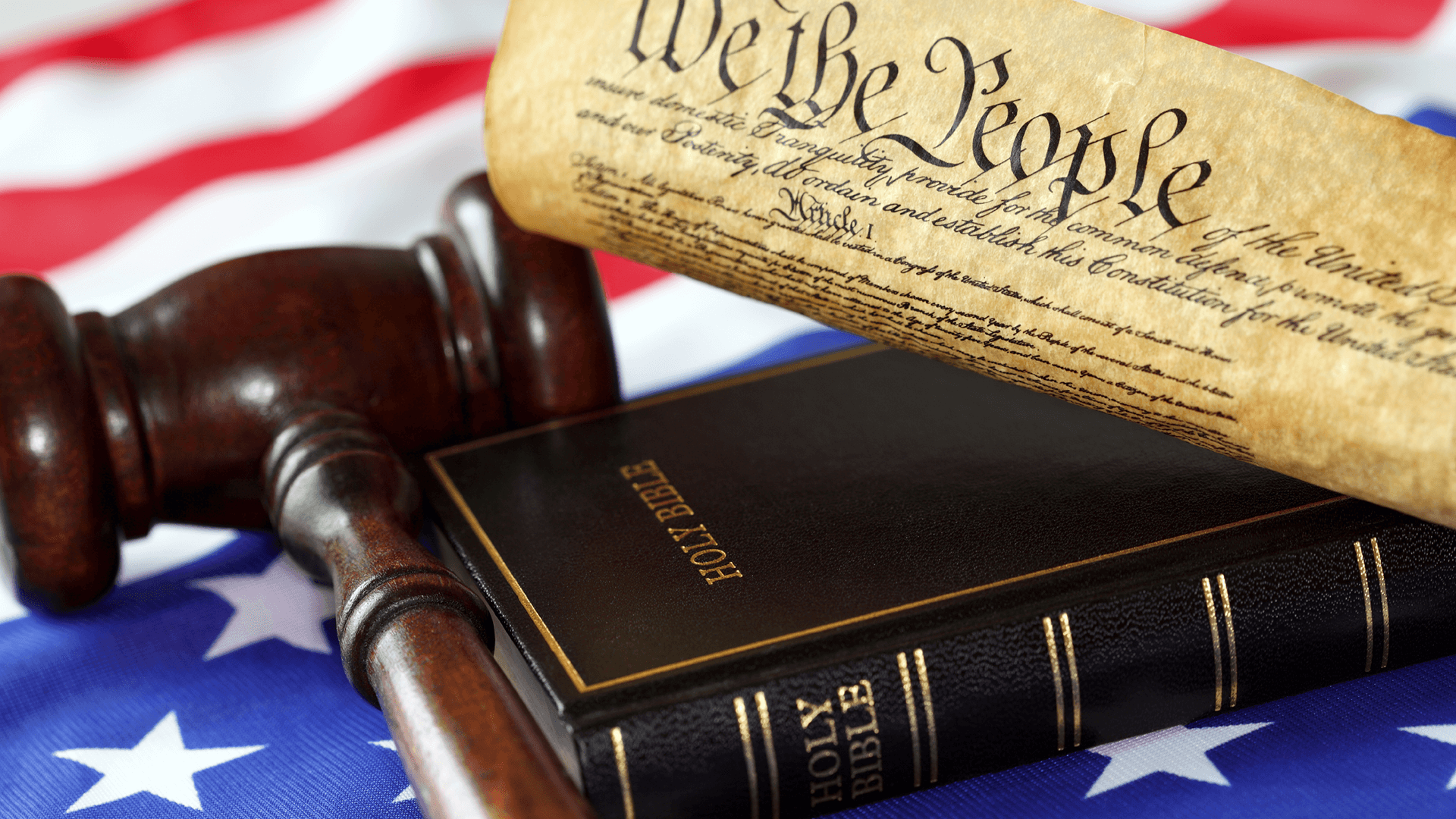Part 4 of In His Image: Justice, Race, and the Gospel
Key Passage: Ephesians 2:14–16
The Wall That Wasn’t Supposed to Fall
It stood for 28 years.
Thick. Grey. Unyielding.
The Berlin Wall didn’t just divide East from West—it symbolized a fractured world. A world split by fear, politics, and suspicion. People died trying to cross it. Families were separated by it. Ideologies were cemented into it.

Then, one night in 1989, something unexpected happened.
A rumor spread that the guards were gone. The border was open. And as news cameras rolled, German citizens—on both sides—climbed the wall, wept, and began chipping away at the concrete.
Not with tanks. But with hammers.
It wasn’t just a political moment.
It was a reconciliation moment.
But long before Berlin, there was another wall.
Not of stone, but of sin.
Not in Germany, but in the human heart.
And only one person could break it down.
Christ, Our Peace
Paul’s letter to the Ephesians wasn’t written during a racial summit or cultural revolution. It was written from a Roman prison—to a church made up of two groups who didn’t get along: Jews and Gentiles.
For centuries, a wall of hostility had separated them:
- Different laws
- Different customs
- Deep suspicions
But Paul doesn’t offer diversity training. He doesn’t appeal to shared grievances or political compromise.
He points them to Christ.
“For He Himself is our peace, who has made us both one and has broken down in His flesh the dividing wall of hostility…” — Ephesians 2:14
The cross didn’t just reconcile us to God.
It reconciled us to each other.
Jesus didn’t just tear the veil in the temple.
He tore down the walls that keep people apart.
Reconciliation Is a Gospel Word
In the New Testament, reconciliation is not a soft word.
It’s a gospel word.
- It’s vertical—we are reconciled to God (2 Corinthians 5:18–19).
- It’s horizontal—we are reconciled to one another (Ephesians 2:14–16).
- It’s cosmic—God is reconciling all things in Christ (Colossians 1:20).
And the wall Paul refers to wasn’t just cultural. It was spiritual.
The Law of commandments (v. 15) made clear the holy standard of God—and the deep gulf of sin between Jew and Gentile, God and humanity.
But in His death, Christ absorbed the wrath, fulfilled the Law, and created “one new man” in place of the two.
This means:
- Unity is not achieved through effort. It is received through grace.
- Peace is not the absence of conflict. It is the presence of Christ.
- Reconciliation is not a strategy. It is a person.
False Versions of Reconciliation
In our culture, there’s a lot of talk about “racial reconciliation.”
But what often gets labeled as reconciliation is really reeducation or reparation. It requires:
- Group guilt
- Endless penance
- Perpetual division
This is not unity. It’s relabeled hostility.
As Shenvi and Sawyer note, many reconciliation efforts rooted in Critical Race Theory or identity politics actually deepen division:
- They flatten human beings into categories
- They assign moral status based on demographics
- They view history as a permanent wound rather than a healed scar
But biblical reconciliation doesn’t cancel the past.
It redeems it.
“He came and preached peace to you who were far off and peace to those who were near.” — Ephesians 2:17
Only Christ can preach that kind of peace.
The Church as a Living Testimony
The Church is not just a place where reconciliation happens.
It is a living testimony of it.
- We eat together.
- We pray together.
- We serve together.
- We forgive each other.
And in a divided world, the Church becomes a preview of the Kingdom—a place where every tribe, tongue, and nation is united not by sameness but by the blood of the Lamb.
“By this all people will know that you are my disciples, if you have love for one another.” — John 13:35
That’s not a social program.
That’s a supernatural work.
Tear Down the Right Walls
You don’t need a hammer.
You need humility.
If Christ tore down the wall of hostility, don’t build a new one:
- Don’t divide over ideology more than identity in Christ.
- Don’t adopt categories that separate what Christ united.
- Don’t settle for performative reconciliation that lacks real repentance or real love.
Instead:
- Teach the gospel.
- Preach peace.
- Model grace.
In Christ, the wall has already fallen.
The question is: Will the church live like it?
← Previous Post: Biblical Justice vs. Social Justice
View Full Series: In His Image: Justice, Race, and the Gospel








